When it comes to choosing the right fabric for athletic wear or everyday clothing, the debate often centers around two popular synthetic materials: nylon and polyester. Both fabrics have their unique properties, but when it comes to moisture management and sweat production, how do they stack up against each other? This article delves into the science behind these materials, exploring their moisture-wicking capabilities, breathability, and overall comfort to determine which fabric might make you sweat more.
Understanding the Basics: Nylon and Polyester
Before we dive into the specifics of sweat production, it’s essential to understand the fundamental characteristics of nylon and polyester.
Nylon is a synthetic polymer, known for its strength, elasticity, and resistance to abrasion. It was first introduced in the 1930s and quickly became popular in various applications, from clothing to industrial uses. Nylon fibers are smooth and have a natural sheen, contributing to a luxurious feel.
Polyester, on the other hand, is derived from petroleum and is known for its durability and resistance to shrinking and stretching. It was developed in the 1940s and has since become a staple in the textile industry. Polyester fabrics are often blended with other fibers to enhance their properties, making them versatile for various applications.
Moisture Management: How Each Fabric Performs
When it comes to sweat, the ability of a fabric to wick moisture away from the skin is crucial. This is where the differences between nylon and polyester become apparent.
Nylon has a lower moisture absorption rate compared to polyester, which means it tends to retain less sweat. However, this can be a double-edged sword. While nylon’s quick-drying properties can be advantageous during high-intensity workouts, its lack of breathability can lead to a clammy feeling if the fabric becomes saturated. This is particularly true in humid conditions where moisture can get trapped against the skin.
Polyester, in contrast, excels in moisture-wicking technology. Its hydrophobic nature allows it to draw moisture away from the skin and disperse it across the fabric’s surface, where it can evaporate more quickly. This characteristic makes polyester a popular choice for athletic wear, as it helps keep the wearer dry and comfortable during physical activities.
Breathability: The Key to Comfort
Breathability is another critical factor in determining how much you sweat in a given fabric. A breathable fabric allows air to circulate, which can help regulate body temperature and reduce sweat accumulation.
Nylon tends to be less breathable than polyester, especially in tightly woven fabrics. While it can provide a snug fit that some athletes prefer, this can also lead to overheating during intense workouts. The lack of airflow can trap heat and moisture, leading to increased perspiration.
Polyester, with its ability to wick moisture and allow for better airflow, generally provides a more comfortable experience during physical exertion. Many modern polyester fabrics are engineered with mesh panels or other ventilation features to enhance breathability, making them ideal for active wear.
The Role of Fabric Blends
It’s important to note that many garments are made from blends of nylon and polyester, combining the strengths of both materials. For instance, a nylon-polyester blend can offer the durability and elasticity of nylon while benefiting from the moisture-wicking properties of polyester. This hybrid approach can create a fabric that minimizes sweat accumulation while maximizing comfort and performance.
Conclusion: Which Fabric Makes You Sweat More?
In summary, while both nylon and polyester have their advantages, polyester generally outperforms nylon in terms of moisture management and breathability. If your primary concern is to stay dry and comfortable during physical activities, polyester is likely the better choice. However, if you prefer the feel and durability of nylon, consider looking for blends that incorporate moisture-wicking technology.
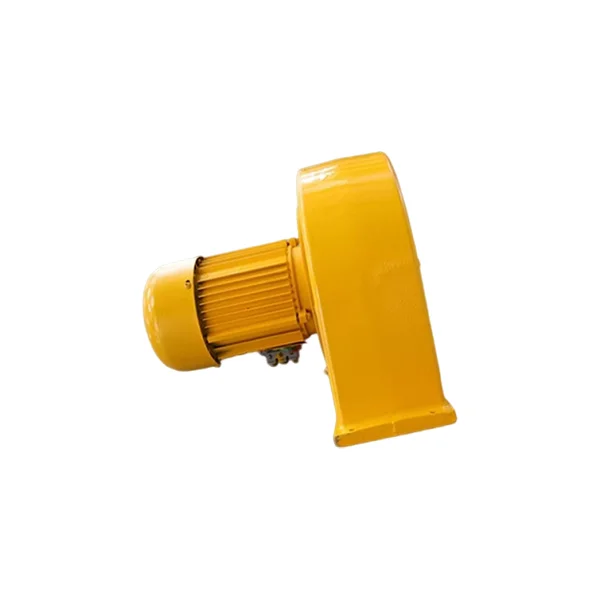
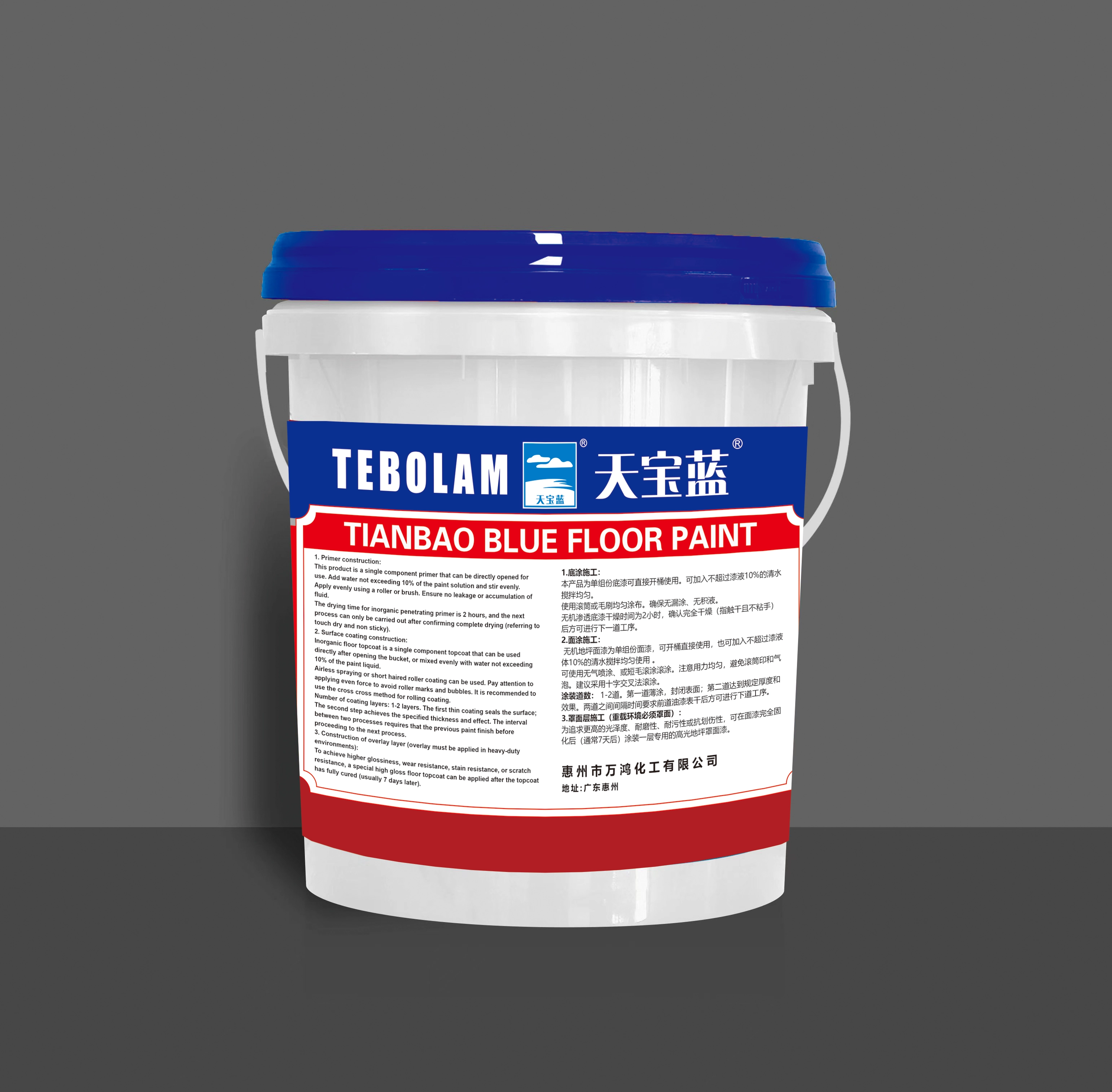
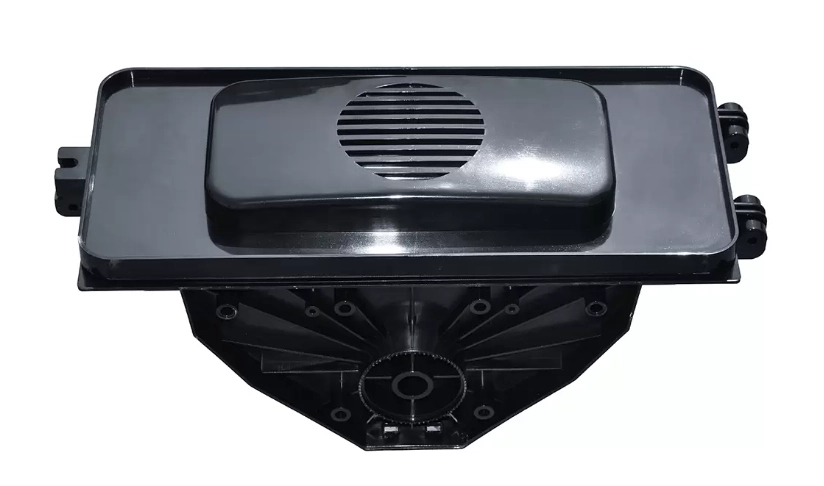


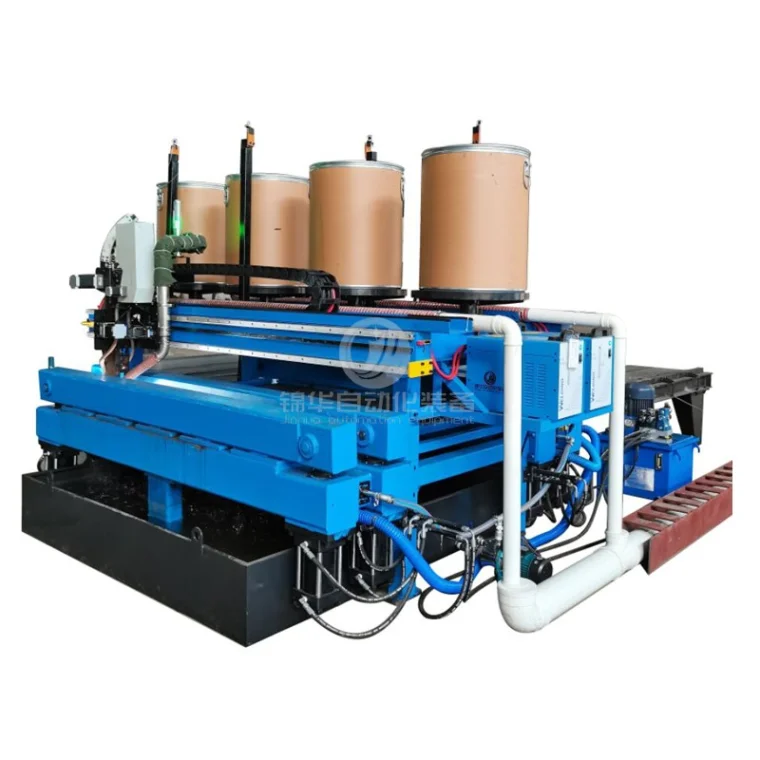
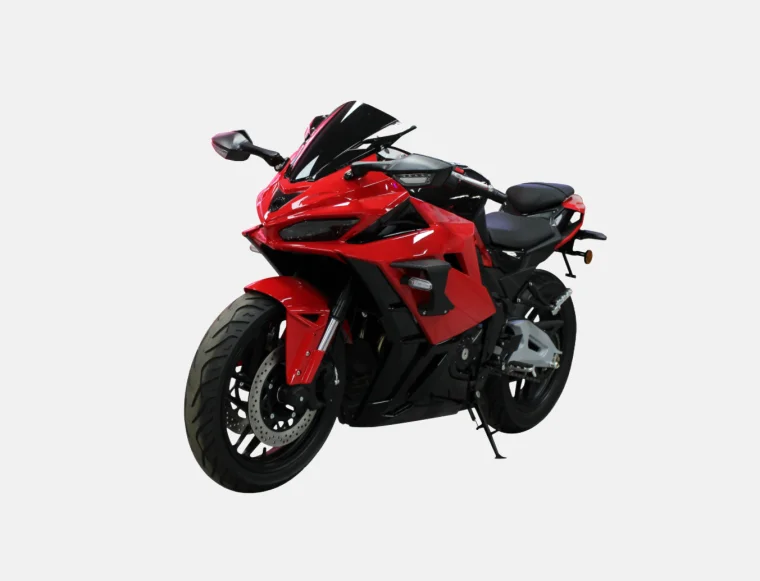
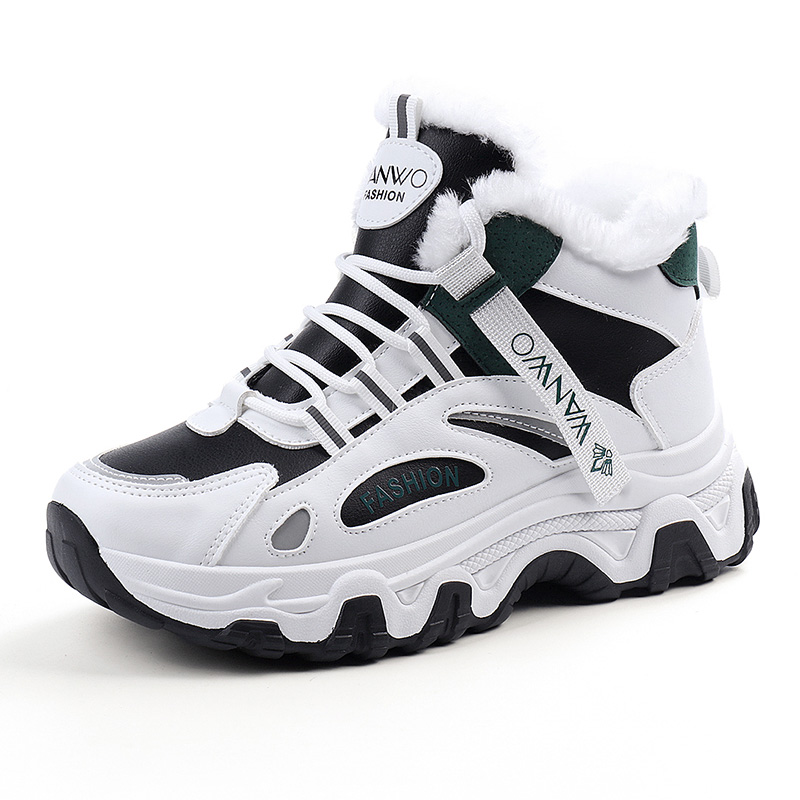
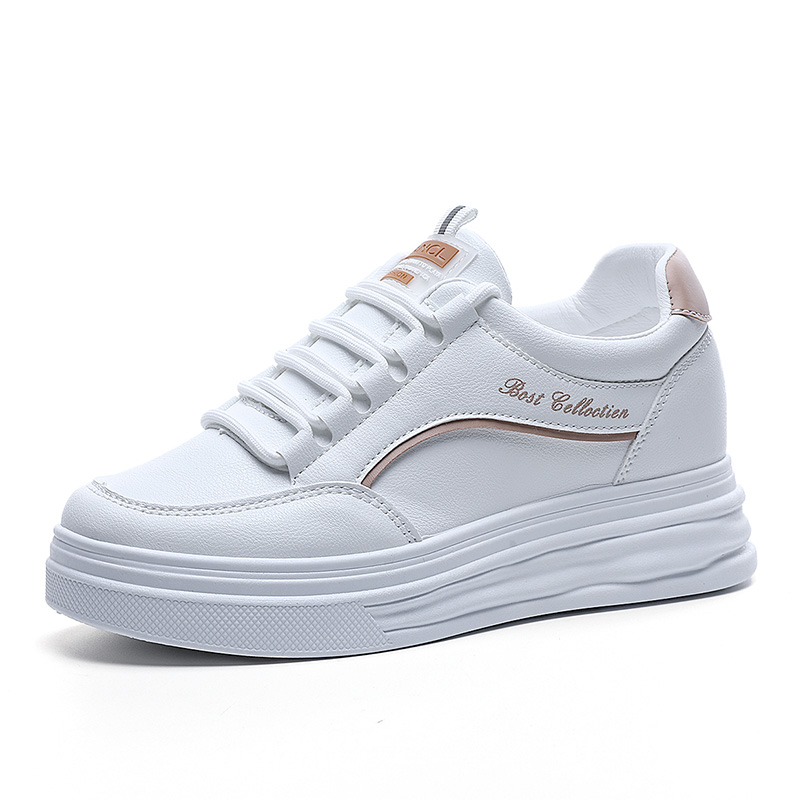
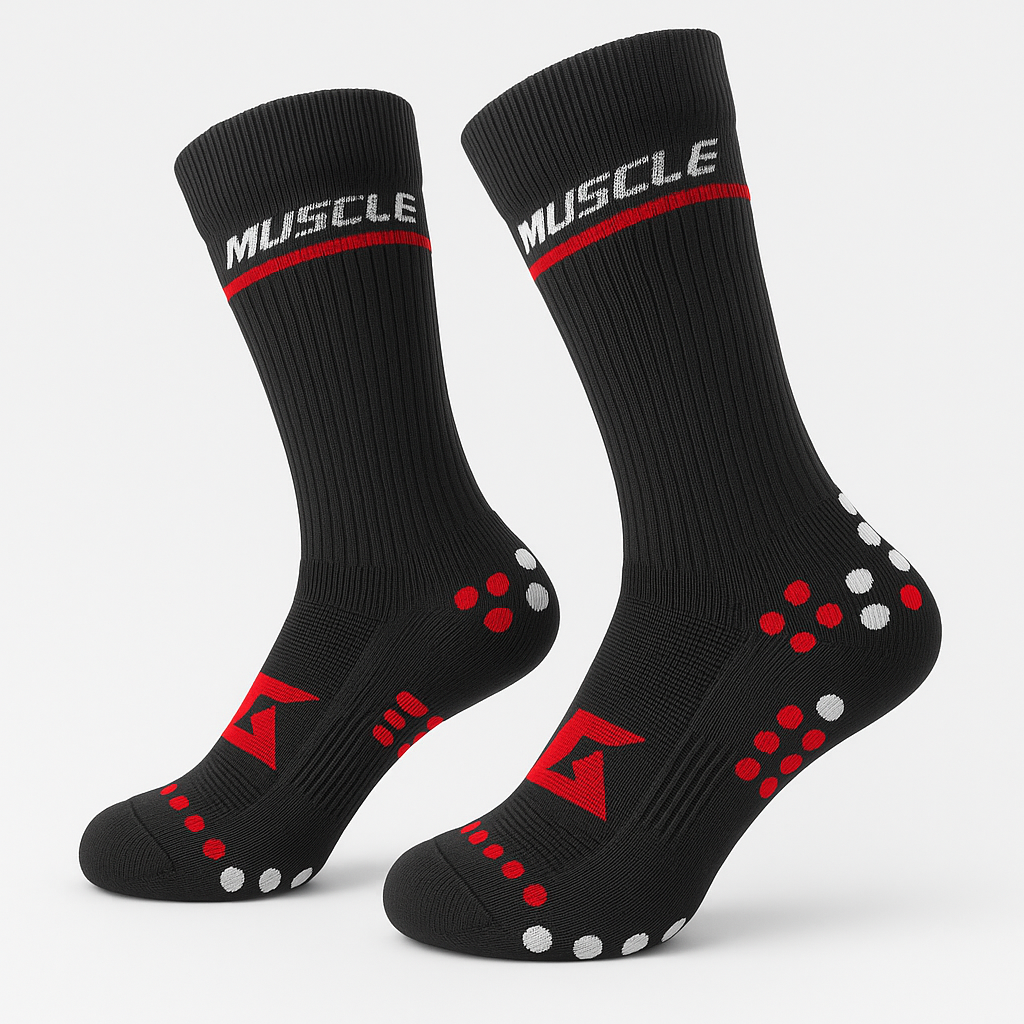

+ There are no comments
Add yours